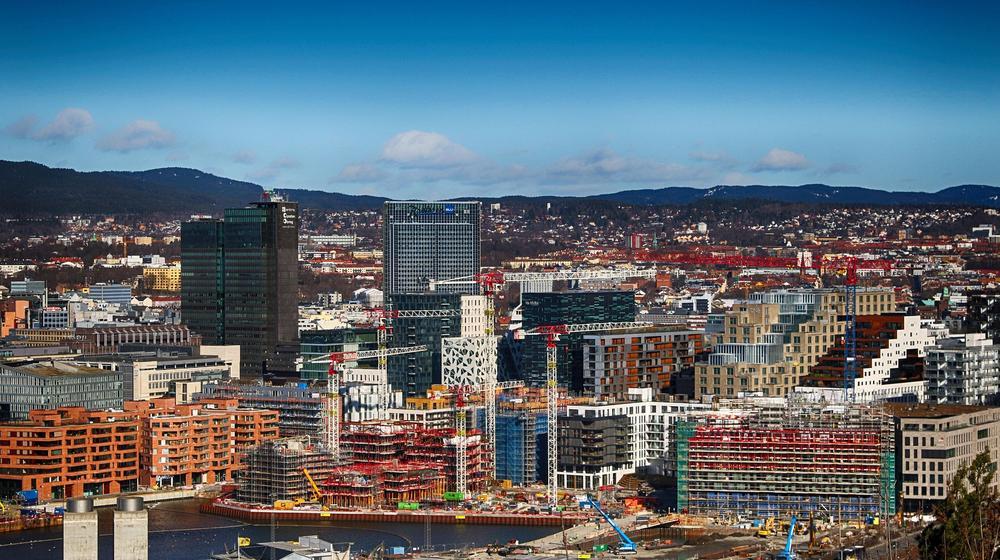Can densification reduce urban segregation? Reflections from Oslo
At the AESOP Congress 2025 in Istanbul, Rebecca Cavicchia and Roberta Cucca (Norwegian University of Life Sciences) presented a critical reflection on the potential and limitations of urban densification as a tool to reduce residential segregation. Using Oslo as a case, they examined how densification strategies intersect with long-standing spatial divides, market forces, and changing urban demographics.
Their research challenges common assumptions that densification naturally promotes social mix. Instead, it shows that while densification can diversify local populations, it often reproduces or reshapes inequalities rather than dismantling them. In some areas, it contributes to exclusionary dynamics such as gentrification; in others, it generates socially mixed but fragmented communities without deeper integration.
The presentation called for a more cautious and context-sensitive use of densification in planning practice – one that does not take its social benefits for granted. Without stronger regulatory frameworks and more deliberate inclusionary strategies, densification risks reinforcing existing divides rather than bridging them.
As the authors argue, densification can be part of a strategy for a more equitable city, but only if its implementation actively addresses – not sidesteps – questions of housing access, affordability and social justice.
Publishing date:
